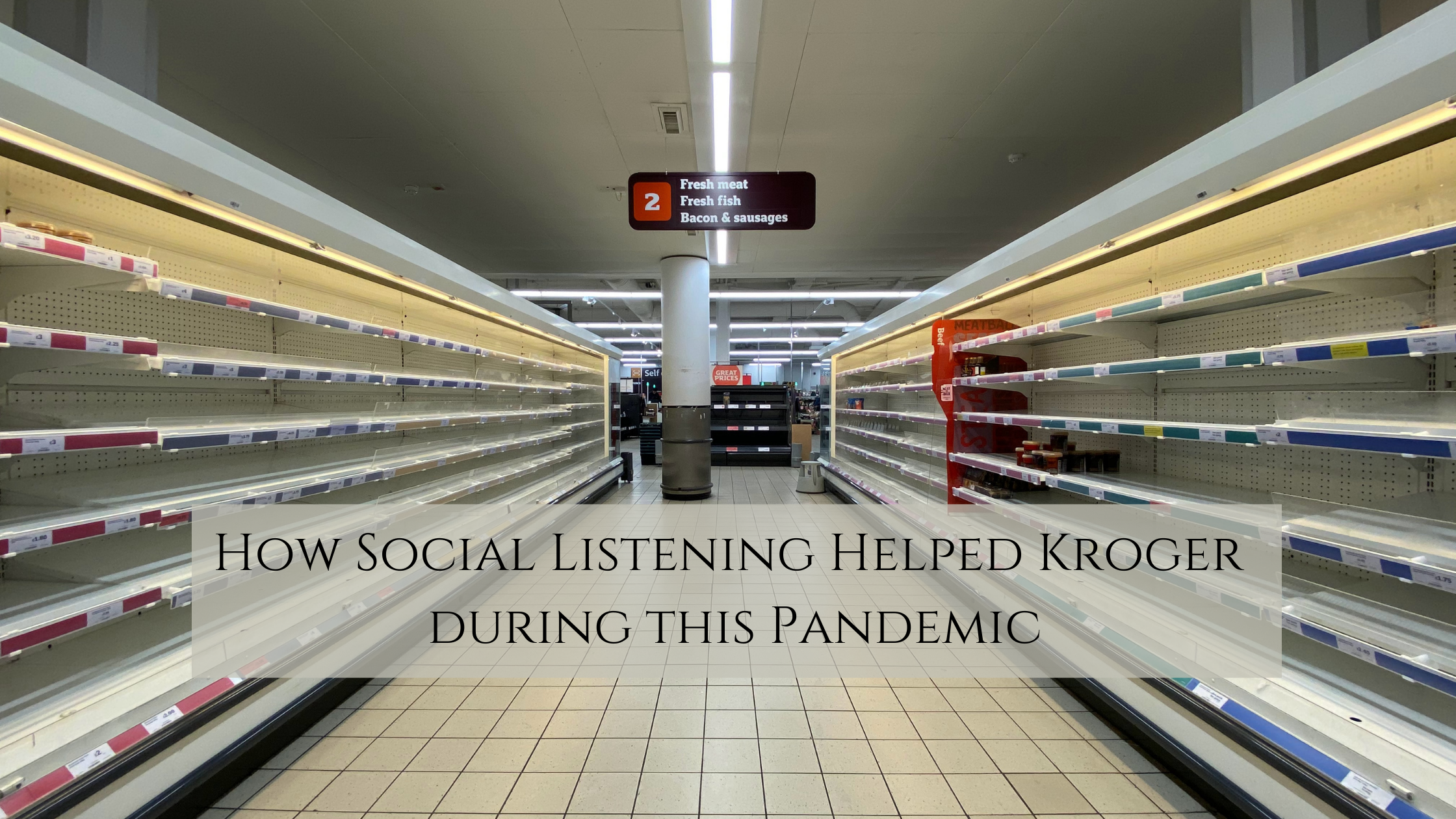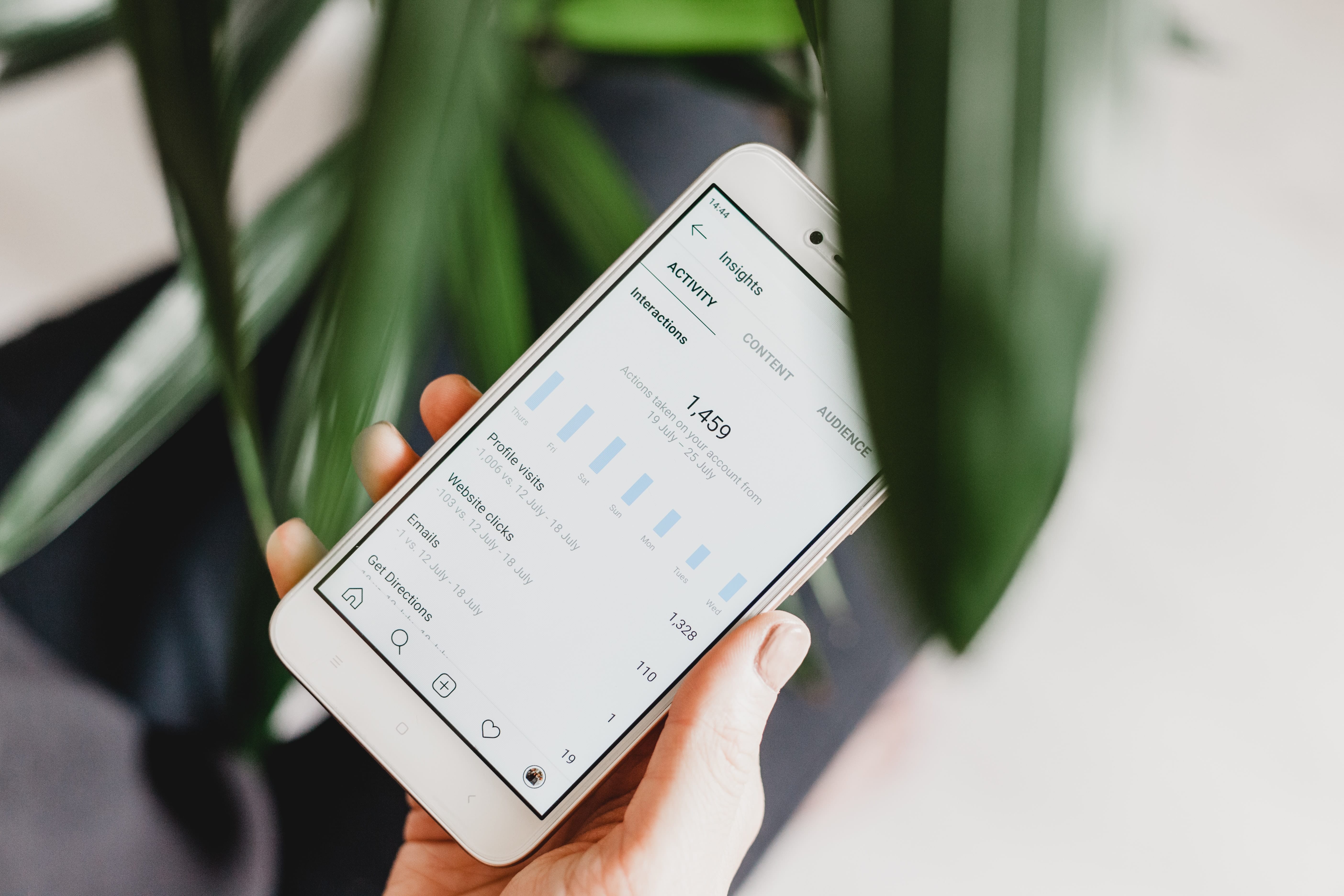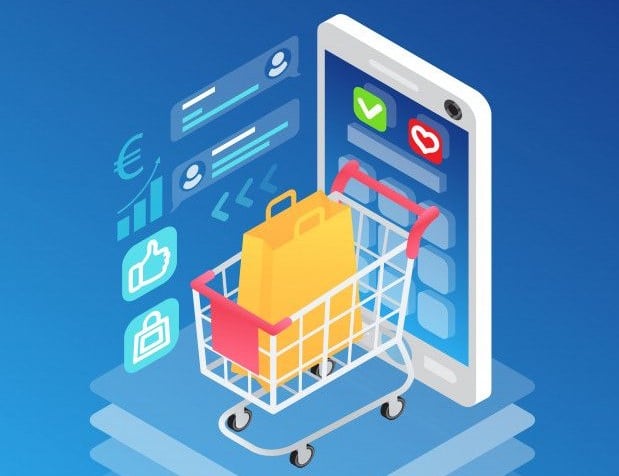Why and How do We Monitor Social Media Mentions?
Understanding how social media mentions work is easy when you know the benefits of monitoring and know how to do it. Monitoring social media mentions allows you to know every time someone mentions your brand name online. It can be a user leaving a review or a prospect asking for a review. And every time/anytime this happens, you get notified. Primarily this is a great tool to gauge the amount of buzz around your brand. However, when you look deeper, monitoring social media mentions can be a lot more than that. We are here to tell you why it’s important and how to monitor social media mentions.
Why Should You Monitor Social Media Mentions?
The reasons for monitoring social media mentions are limitless. At the outset, it helps your social media manager to listen to and engage with your audience members. Listening to different channels and what people have to say also helps with market research. You have a massive sample audience and genuine comments.
Besides market research, monitoring social media mentions help other departments. To be more specific:
- Mentions, when they are comments or reviews from customers, can help your product development and customer service team.
- If a user mentions your brand to enquire about your service or product, they are a part of the sales funnel. This in turn helps your sales team.
Overall, the insights you derive from monitoring your social media mentions builds a great foundation for your business decisions.
How do We Monitor Social Media Mentions?
The most obvious method of listening to social media mentions relies on notifications. However, the many limitations of this process make it less than ideal. Firstly, it isn’t always humanly possible to go through the volume of mentions with a fine-tooth comb. Secondly, notifications only send you an alert, not the analysis behind it.
Automation tools like social listening on the other hand make the process flow easier. Most of us have heard of social listening. But knowing how to monitor would help you derive the maximum value out of the tool.
Meet the Audience
When you start listening to the conversation around your brand name/industry keywords, you’ll have access to your niche audience. While monitoring your brand name you’ll know what your audience thinks about your brands. Go through the reviews, suggestions, and comments. This gives you a sense of what they need and expect. Direct feedback is invaluable. Listening to your consumers and acting on their feedback also allows you to build a relationship with them and retain them.
Social listening tools allow you to listen to your competitor’s audience too. And there is a lot to learn from them as well. How are they different from your audience members? Which influencer are they following? What do they like or hate about your competitor’s product? These insights help you make important decisions for your business.
Actionable Insights help Strategize
Listening tools alert you every time your brand or keyword is mentioned. This is helpful because a negative feedback can spread quickly. Dimensional Research’s study concluded that among the respondents, 50% of customers would share a bad experience with a brand on social media. In such a case, an alert can help your team prevent a crisis before it goes too far.
You also know about the people who trust your brand. These advocates help you earn more customers and business. And monitoring social media mentions helps you find your brand advocates.
Lastly, monitoring your brand mentions or industry keywords helps you understand the overall picture. Which topics are trending? What do people like about your brand? What do customers want you to improve? These insights help you to strategically plan for your product development or future campaigns.
Social media marketing is no longer limited to posting digital catalogs and gathering likes. Smart marketers are engaging customers in meaningful conversations. And gaining consumer intelligence by monitoring social media mentions is one of the best ways to do it.








